Boston Children's Museum
308 Congress Street, Boston, MA 02210
617-426-6500
© Boston Children’s Museum 2025
Website Design by Jackrabbit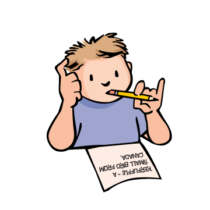
Introducing new words to children is a lot of fun—especially when they get to invent their own definitions. This game gives kids a chance to use language playfully while they develop vocabulary and learn to use a dictionary.
VIEW ACTIVITY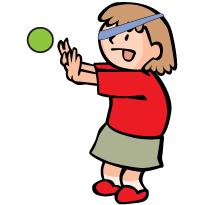
Children’s bodies are undergoing constant change. By getting to know their own bodies better, these changes can be less mysterious. Children who are in tune with their own bodies can use all of their senses as tools as they explore and try to understand the world around them. This activity helps children learn more about their sense of sight.
VIEW ACTIVITY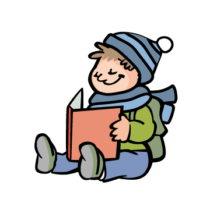
Children will have their own, special associations with winter, including games, holidays, gift giving, etc. In this activity students will learn a little about what winter is like in Wampanoag communities. Try the other winter thanksgiving activity, Hubbub, and you and your students can share in some Wampanoag traditions and give thanks to the animals!
VIEW ACTIVITY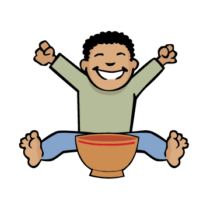
This activity introduces students to The Bowl Game, or “hubbub”, a traditional game played by the Wampanoag and other Native people all across America. In the Northeast United States, the game is sometimes called hubbub because early European settlers who witnessed it being played reported hearing players say “hub, hub, hub” over and over to distract and intimidate the other team. Try all of the winter thanksgiving activities, and you and your students can share in Wampanoag traditions and give thanks to the animals!
VIEW ACTIVITY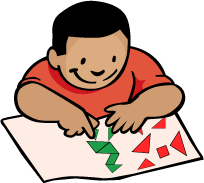
Tangrams have existed for hundreds, maybe even thousands of years. They have remained popular for so long because they are simple to engage in, yet they can truly challenge the mind. By experimenting with tangrams, children will learn about a game from another culture while they investigate geometric concepts, properties and relationships. Tangrams also help children to develop visual thinking, spacial sense and problem solving skills.
VIEW ACTIVITY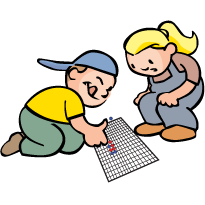
Cultural understanding is easier for children when it is grounded in commonalities. By learning and playing games that children in different cultures also play, kids can come to discover that people from different parts of the world are not as different as they might seem. And while they are discovering this, they will also be developing math skills like visualization, pattern recognition, logical deduction and counting.
VIEW ACTIVITY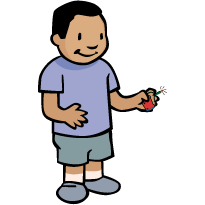
Several years ago, educators surveyed recent graduates from The Massachusetts Institute of Technology, the world’s top technical school, and asked them to light a flashlight bulb with a battery and a piece of wire. Few of the graduates were able to do it. Understanding basic circuits comes from experience, and many children (and adults!) haven’t had that experience. But once your students have mastered the basics of lighting a light bulb with a battery, there are limitless possibilities to the kinds of investigations they can engage in.
VIEW ACTIVITY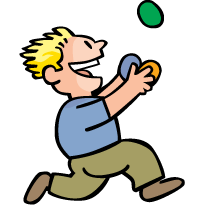
Juggling is not merely a fun activity, but it has many potential benefits as well. Juggling can help improve eye-hand coordination, problem-solving skills, ambidexterity, balance, motor skills, rhythm and timing—just to name a few. Research has even shown that people who learn how to juggle actually increase their brain size! In addition, self esteem, confidence, perseverance, teamwork and communication can reap the benefits of juggling, and children who learn best kinesthetically will really take to this activity.
VIEW ACTIVITY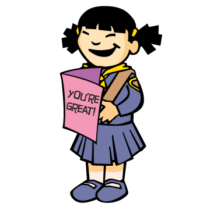
Making handmade greeting cards is a great way for kids to make use of the paper that they worked so hard to create. At the same time, making cards encourages creative writing and practice of written language. It also helps children learn how to write clear sentences and paragraphs that develop a central idea, and how to be thoughtful about the audience and purpose of written material.
VIEW ACTIVITY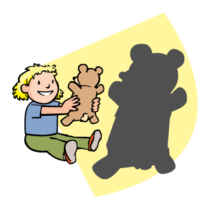
Learning to observe the characteristics of objects, use descriptive vocabulary and ask the kinds of questions that lead to desired answers are all critical skills for children to develop. In this shadow guessing game, children will utilize those skills while at the same time exploring the science of shadows.
VIEW ACTIVITY